Recycled SpaceX Crew Dragon Brings New Crew To ISS
A recycled SpaceX Crew Dragon capsule carrying four astronauts docked with the International Space Station early Saturday, the third time Elon Musk's company has safely delivered humans to the orbital outpost.
The spacecraft named Endeavour, piloting herself autonomously, locked on to a docking port at 5:08 am Eastern time (0908 GMT), some 260 miles (420 kilometers) above the south Indian Ocean.
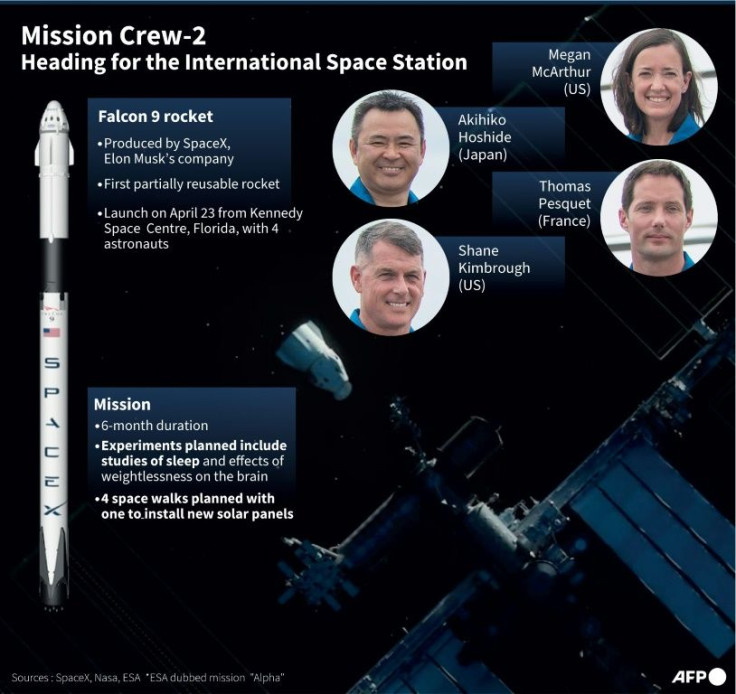
Two hours after the process was completed, Endeavour's quartet posed for photos with the last crew of four sent by SpaceX, and three Russian cosmonauts -- making the ISS unusually crowded with 11 people in total.
It was the first SpaceX mission involving a European, astronaut Thomas Pesquet of France, who hailed the spirit of international cooperation.
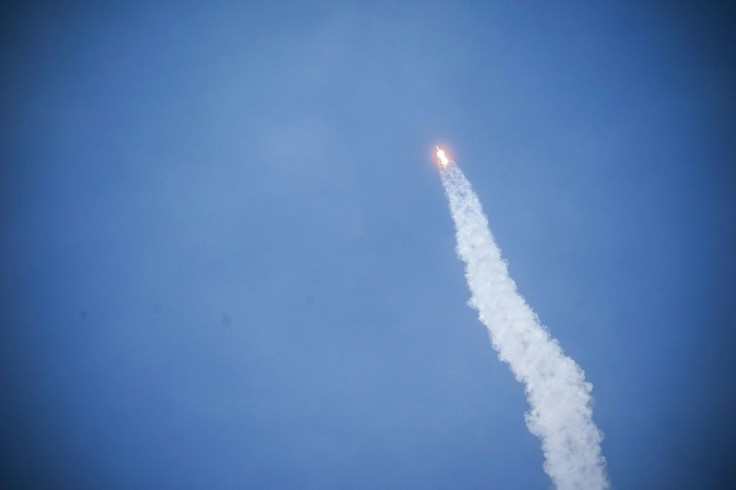
"It's been 20 years... since JAXA (Japan Aerospace Exploration Agency), and ESA (European Space Agency), and NASA and Russian astronauts have been together in space, so it's actually pretty historic what's happening today," he said.
"We can't wait to start our work on the space station, we can't wait to see what's ahead on the adventure for us."

The Crew-2 mission blasted off from the Kennedy Space Center in Florida before dawn on Friday on its 23-hour-voyage.
Endeavour first flew to the ISS on the Demo-2 mission in May 2020, ending almost a decade of US reliance on Russia for rides to the ISS following the end of the Space Shuttle era.
It was the first time a capsule was reused and the first time a rocket was reused, key cost-saving goals of NASA's partnerships with private industry.
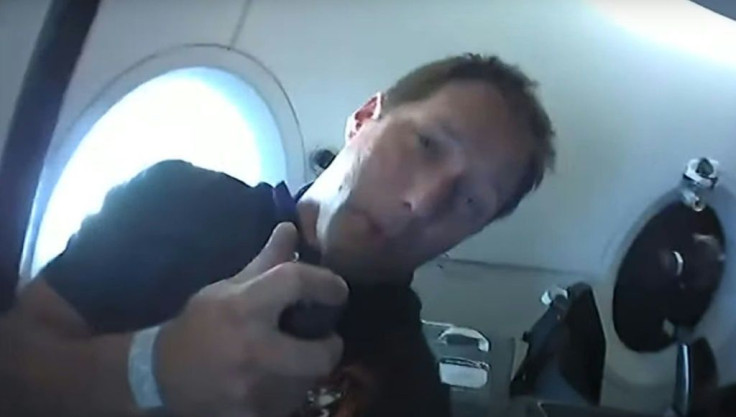
Two Crew Dragons are now parked at right angles to each other at the ISS, underscoring hard-charging SpaceX's position as the US space agency's premier transport provider.
Musk has made no secret of his desire to drive humanity onward to the Moon and Mars, and told a post-launch press conference: "I think we're at the dawn of a new era of space exploration."
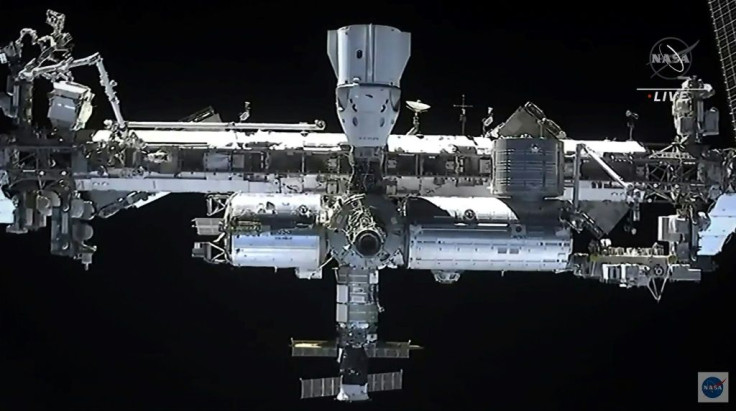
The Crew-2 mission's other crew members are Shane Kimbrough and Megan McArthur of the United States, as well as Akihiko Hoshide of Japan.
Hoshide will assume command of the ISS once Crew-1 departs for Earth, which is scheduled for April 28.
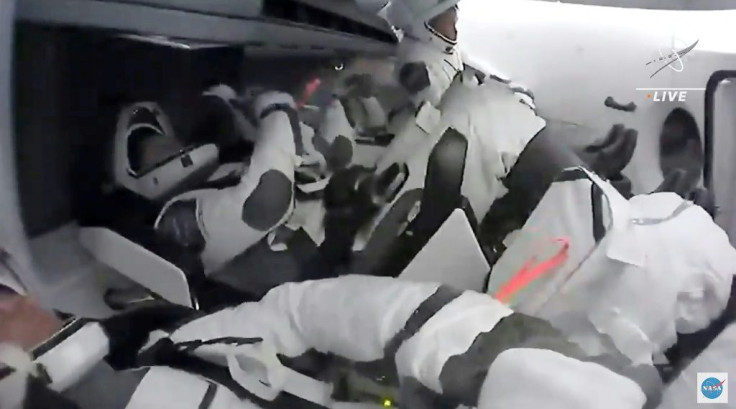
The mission is also a major milestone for Europe, which has named it "Alpha" after the star system Alpha Centauri.
"This is really the golden era for us in terms of exploitation of the International Space Station," Frank De Winne, head of the European Space Agency (ESA)'s ISS program told AFP.
Germany's Matthias Maurer and Italy's Samantha Cristoforetti are set to follow Pesquet on SpaceX missions, this fall and next spring respectively.
The next module of the ISS, built by Russia, should reach the station in July and will include a robotic arm built by ESA that Pesquet will help make operational, added De Winne.
ESA will also be a key partner to the United States in the Artemis program to return to the Moon, providing the power and propulsion component for the Orion spacecraft, and critical elements of a planned lunar orbital station called Gateway.
The Crew-2 team has around 100 experiments in the diary during their six-month mission.
These include research into what are known as "tissue chips" -- small models of human organs that are made up of different types of cells and used to study things like aging in the immune system, kidney function and muscle loss.
In terms of the environment, by the time Crew-2 returns in fall, it will have taken 1.5 million images of the Earth, documenting phenomena like artificial lighting at night, algal blooms, and the breakup of Antarctic ice shelves.
Another important element of the mission is upgrading the station's solar power system by installing new compact panels that roll open like a huge yoga mat.
© Copyright AFP 2024. All rights reserved.




















